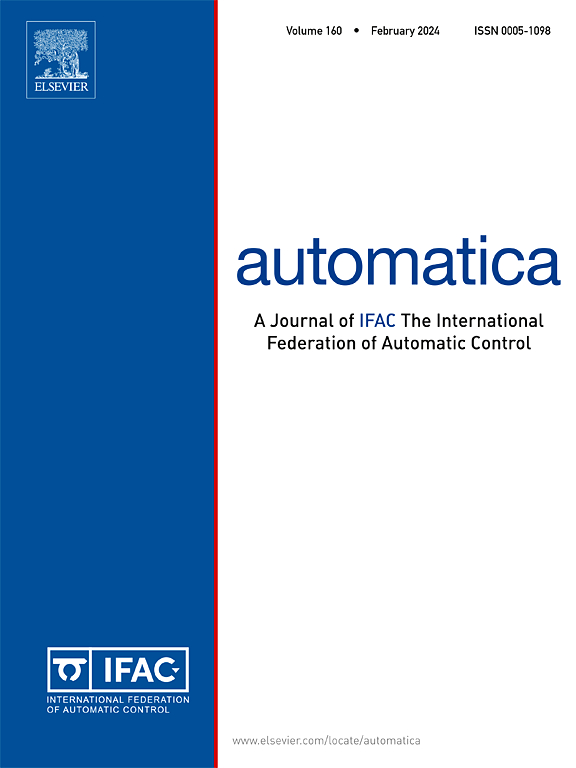An SIS diffusion process with direct and indirect spreading on a hypergraph
IF 4.8
2区 计算机科学
Q1 AUTOMATION & CONTROL SYSTEMS
引用次数: 0
Abstract
Conventional graphs capture pairwise interactions; by contrast, higher-order networks (hypergraphs, simplicial complexes) describe the interactions involving more parties, which have been rapidly applied to characterize a growing number of complex real-world systems. However, such dynamics evolving on higher-order networks modeled by hypergraphs require new mathematical tools to carry out rigorous analysis. In this paper, we study a Susceptible–Infected–Susceptible-type (SIS-type) diffusion process with both indirect and direct pathways on a directed hypergraph. We choose a polynomial interaction function to describe how several agents influence one another over a hyperedge. Then, we further extend the system and propose a bi-virus competing model on a directed hypergraph. For the single-virus case, we provide a comprehensive characterization of the healthy state and endemic equilibrium. For the bi-virus setting, we further give the analysis of the existence and stability of the healthy state, dominant endemic equilibria, and coexisting equilibria. All theoretical results are supported additionally by some numerical examples.
超图上具有直接和间接扩散的SIS扩散过程
传统的图捕捉成对的相互作用;相比之下,高阶网络(超图,简单复体)描述了涉及更多参与方的相互作用,已迅速应用于表征越来越多的复杂现实世界系统。然而,这种由超图建模的高阶网络上的动态演变需要新的数学工具来进行严格的分析。研究了有向超图上具有间接路径和直接路径的易感-感染-易感(SIS-type)扩散过程。我们选择一个多项式交互函数来描述多个代理如何在超边缘上相互影响。然后,我们进一步扩展了该系统,提出了一个有向超图上的双病毒竞争模型。对于单病毒病例,我们提供了健康状态和地方性平衡的综合表征。对于双病毒环境,我们进一步分析了健康状态、显性地方性平衡和共存平衡的存在性和稳定性。所有的理论结果都得到了数值算例的支持。
本文章由计算机程序翻译,如有差异,请以英文原文为准。
求助全文
约1分钟内获得全文
求助全文
来源期刊

Automatica
工程技术-工程:电子与电气
CiteScore
10.70
自引率
7.80%
发文量
617
审稿时长
5 months
期刊介绍:
Automatica is a leading archival publication in the field of systems and control. The field encompasses today a broad set of areas and topics, and is thriving not only within itself but also in terms of its impact on other fields, such as communications, computers, biology, energy and economics. Since its inception in 1963, Automatica has kept abreast with the evolution of the field over the years, and has emerged as a leading publication driving the trends in the field.
After being founded in 1963, Automatica became a journal of the International Federation of Automatic Control (IFAC) in 1969. It features a characteristic blend of theoretical and applied papers of archival, lasting value, reporting cutting edge research results by authors across the globe. It features articles in distinct categories, including regular, brief and survey papers, technical communiqués, correspondence items, as well as reviews on published books of interest to the readership. It occasionally publishes special issues on emerging new topics or established mature topics of interest to a broad audience.
Automatica solicits original high-quality contributions in all the categories listed above, and in all areas of systems and control interpreted in a broad sense and evolving constantly. They may be submitted directly to a subject editor or to the Editor-in-Chief if not sure about the subject area. Editorial procedures in place assure careful, fair, and prompt handling of all submitted articles. Accepted papers appear in the journal in the shortest time feasible given production time constraints.
 求助内容:
求助内容: 应助结果提醒方式:
应助结果提醒方式:


